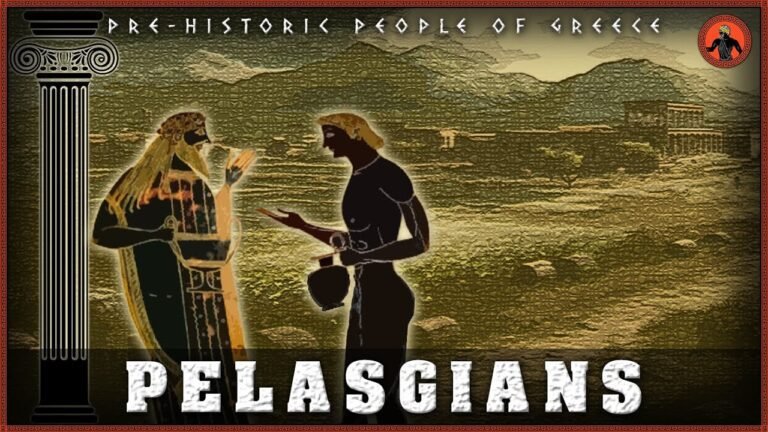In prehistoric times, the first inhabitants of Skyros were the Kares, the Pelasgians (related to the Cretans, hence the appellation "Pelasgia"), the Magnites (hence "land of the Magnites") and the Dolopes who came to Skyros (hence "Dolopia").
After the Neolithic Age (5550 BC to 2900 BC) Skyros develops contacts with the northern Aegean Sea, Evia, the Cycladic islands and mainland Greece. The inhabitants of the island engaged in agriculture, herding, fishing, building and other crafts, as evidenced by the findings of ceramics at Palamari, Papa to Houma, Pouria, Atsitsa, Agios Fokas, Papalagoudi and Koumari.
Regarding the Mycenaean era (1650 – 1350 BC) our knowledge is based on Homer 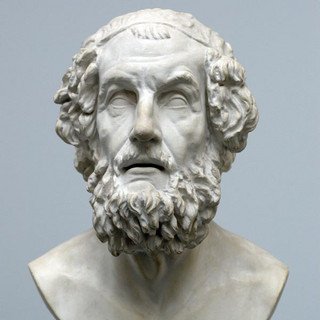 and literary texts, by way of two famous heroes associated with the island, Theseus and Achilles, and Skyros seems to have played an important role in the "Trojan Epic". Then, in the periods before and after the Athenian conquest of the island, we have reports the inhabitants were Dolopes, Magnites and Pelasgians.
and literary texts, by way of two famous heroes associated with the island, Theseus and Achilles, and Skyros seems to have played an important role in the "Trojan Epic". Then, in the periods before and after the Athenian conquest of the island, we have reports the inhabitants were Dolopes, Magnites and Pelasgians.
In the 5th Century BC the great Athenian general Kimon 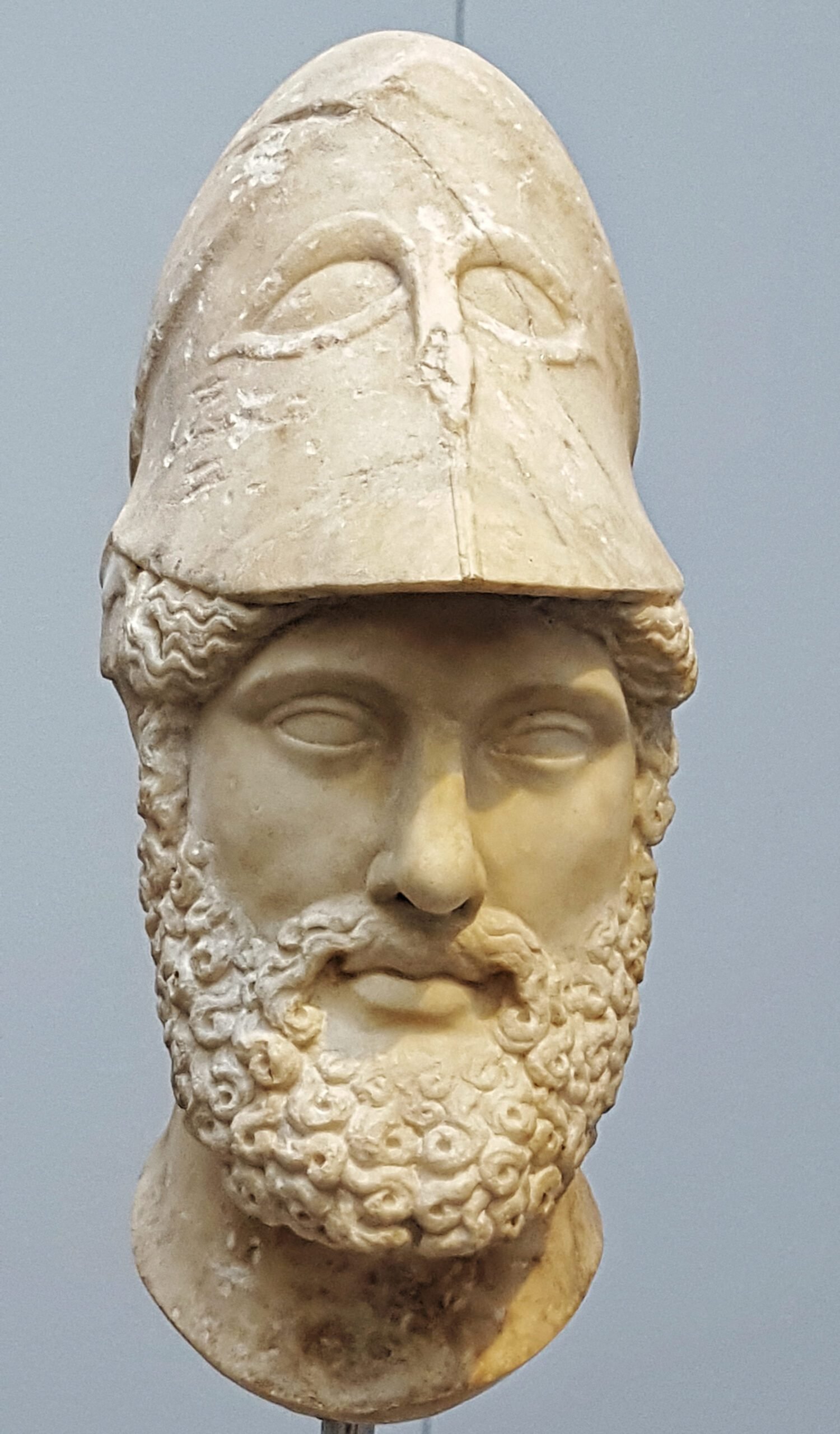 conquered the island and installed Athenian cleruchs, who brought their customs, manners and way of life from Attica including the worship of the goddess Athena and the festival of Dionysus. With the end of the Peloponnesian War after their victory at naval battle of Aigos Potamos in 404 BC Skyros is handed over for a brief period to the Laecedemonians; it was returned to the Athenians by the terms of the Andalkidios peace treaty, and remained under their control until Roman times.
conquered the island and installed Athenian cleruchs, who brought their customs, manners and way of life from Attica including the worship of the goddess Athena and the festival of Dionysus. With the end of the Peloponnesian War after their victory at naval battle of Aigos Potamos in 404 BC Skyros is handed over for a brief period to the Laecedemonians; it was returned to the Athenians by the terms of the Andalkidios peace treaty, and remained under their control until Roman times.
After the final occupation of Skyros by the Roman general Sulla  in 86 BC , the Romans exploited the famed Skyrian marble, at quarries at Balaxa, Alatomi, Papatzani and Tris Boukes. Monolithic columns were made from Skyrian marbles that decorated Roman houses, the Basilica of St. Mark in Venice and St. Peter cathedral in Rome. Roman ruins from housing settlements and water cisterns can be seen at Tris Boukes and Kalamitsa.
in 86 BC , the Romans exploited the famed Skyrian marble, at quarries at Balaxa, Alatomi, Papatzani and Tris Boukes. Monolithic columns were made from Skyrian marbles that decorated Roman houses, the Basilica of St. Mark in Venice and St. Peter cathedral in Rome. Roman ruins from housing settlements and water cisterns can be seen at Tris Boukes and Kalamitsa.
There is not much information about Skyros in the Byzantine era. During the reign of Emperor Justinian 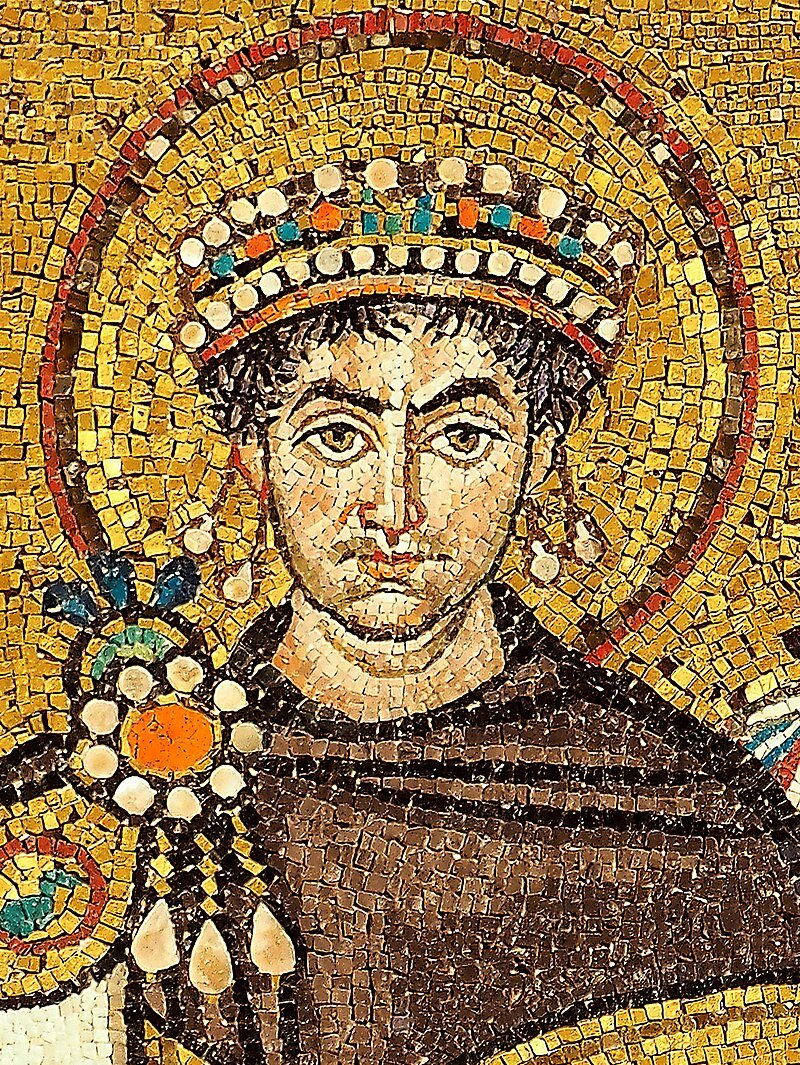 , Skyros was part of the Byzantine State and replaced the pre-Christian religion with Christianity from the 2nd century AD. In 895 AD, at the time of Emperor Leo the Wise, there was built an "Episcopal church with throne" at the church of the Dormition of the Virgin at the Castle, called "Piskopi" by the Skyrians with two chapels by the bema, dedicated to "Christ" and "Panagia Gorgoepikoos". During the reign of Nicephorus Phocas and his campaign to Crete, around 960 AD, there was built the church of St. George. The reclining lion was embedded into the tower at the entrance of the Castle by the Byzantine governor G. Haitelis. In 900 AD the Saracens raided and pillaged the island, and Skyros was a place of exile for Byzantine emperors. In 1204 the Crusaders conquered Constantinople and the Aegean islands were allocated to the Lombards and Venetians. Over the years 1207 – 1269 Skyros was conquered by the Franks and fortifications were constructed in Paleokastro, Markesi, Kastro (the Castle) and Kalamitsa.
In 1354 Duke Nicholas de la Kartseri sought refuge in Skyros after he had been defeated at the battle of Sapientza and then pursued by the Genoese. It was he who built the walls of the Castle.
, Skyros was part of the Byzantine State and replaced the pre-Christian religion with Christianity from the 2nd century AD. In 895 AD, at the time of Emperor Leo the Wise, there was built an "Episcopal church with throne" at the church of the Dormition of the Virgin at the Castle, called "Piskopi" by the Skyrians with two chapels by the bema, dedicated to "Christ" and "Panagia Gorgoepikoos". During the reign of Nicephorus Phocas and his campaign to Crete, around 960 AD, there was built the church of St. George. The reclining lion was embedded into the tower at the entrance of the Castle by the Byzantine governor G. Haitelis. In 900 AD the Saracens raided and pillaged the island, and Skyros was a place of exile for Byzantine emperors. In 1204 the Crusaders conquered Constantinople and the Aegean islands were allocated to the Lombards and Venetians. Over the years 1207 – 1269 Skyros was conquered by the Franks and fortifications were constructed in Paleokastro, Markesi, Kastro (the Castle) and Kalamitsa.
In 1354 Duke Nicholas de la Kartseri sought refuge in Skyros after he had been defeated at the battle of Sapientza and then pursued by the Genoese. It was he who built the walls of the Castle.
In 1538 the Turkish navy under the famous pirate-turned-admiral Hayreddin Barbarossa conquered Skyros. The Venetians were expelled and seven ships full of plunder were send to Constantinople. The Turkish occupation was not harsh. No Turkish population was settled on the island.
In 1652 the Venetian admiral Leonardo Foscolo raided the island killing the Turkish guard.
conquered Skyros. The Venetians were expelled and seven ships full of plunder were send to Constantinople. The Turkish occupation was not harsh. No Turkish population was settled on the island.
In 1652 the Venetian admiral Leonardo Foscolo raided the island killing the Turkish guard.
In the years 1770 – 1774 (the time of the "Orlov Events") the island passed to Russian occupation and was administered by the Skyrians. In the years from 1810 to the Revolution in 1821, Skyros went through a very difficult phase, when Greek and Albanian warlords sought refuge there from their conflicts on the mainland. The terrible Liapides oppressed the islanders systematically, occupying the shore beneath the Chora and extorting money, food,and whatever valuable the locals had. When they had enough time to flee, the Skyrians hid "in the provokades" (cells at the Castle) to protect themselves and their valuables. They kept there the basics for survival, under the watchful eye of St. George. The locals often had to bar themselves inside the Castle, lacking even water. Many left, and the island became deserted. Forty families emigrated to the island of Psara.
In the period of the Greek Revolution in 1821 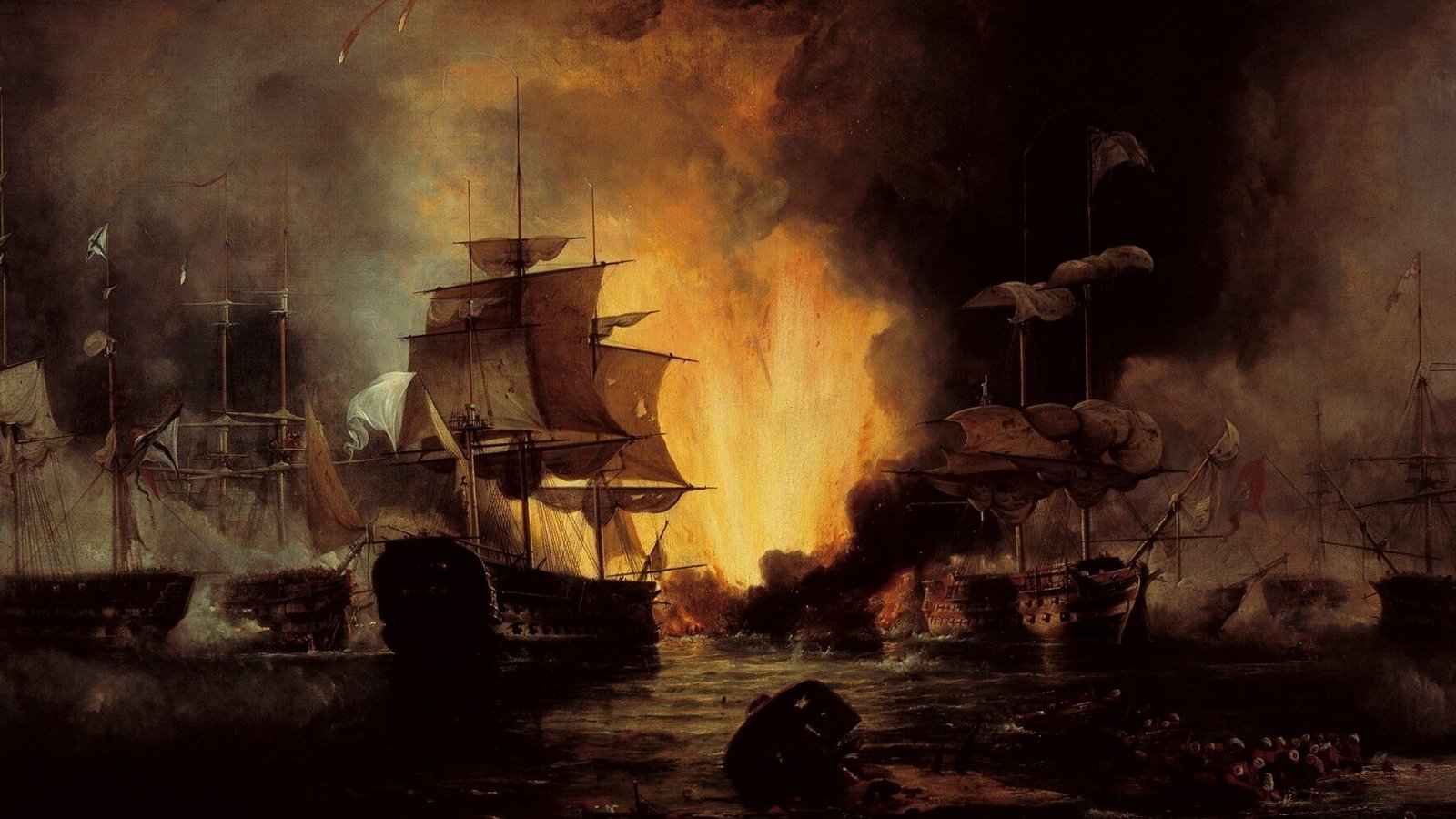 , the Skyrians contributed with both blood and money. They fought as sailors in the ships of Psara with extra courage and sacrificed themselves for freedom and independence. Skyros was finally recovered and acceded to the new Greek state in 1829 along with the islands of the Sporades Group.
, the Skyrians contributed with both blood and money. They fought as sailors in the ships of Psara with extra courage and sacrificed themselves for freedom and independence. Skyros was finally recovered and acceded to the new Greek state in 1829 along with the islands of the Sporades Group.

